For years, Apple has been synonymous with sleek design and cutting-edge technology. But one area where they’ve lagged behind competitors is display technology, particularly when it comes to refresh rates. While many Android devices and even some Windows laptops boast refresh rates of 90Hz, 120Hz, or even higher, Apple has stubbornly stuck with the standard 60Hz on most of its products, including the iPad Air, Studio Display, and 24-inch iMac.
This could all be about to change. Recent rumors suggest that Apple is finally embracing higher refresh rates, with plans to introduce a 90Hz LCD panel in the next generation of iPad Air, possibly as early as 2025.
This “liquid motion panel” is also expected to make its way to the Studio Display and iMac, bringing smoother scrolling, more responsive gaming, and an overall more fluid user experience.
Why the Hesitation?
Apple’s reluctance to adopt higher refresh rate displays has been a source of frustration for many users. So why the hold-up? One possible reason is battery life. Higher refresh rates require more power, which can drain batteries faster. Given Apple’s focus on portability and all-day battery life, this is a valid concern.
However, advancements in display technology, such as LTPO (low-temperature polycrystalline oxide), allow for variable refresh rates, dynamically adjusting based on the content being displayed. This technology can help mitigate the impact on battery life while still providing the benefits of smoother visuals.
The Benefits of a Smoother Experience
For those unfamiliar, a display’s refresh rate refers to how many times per second the screen updates the image. A higher refresh rate means a smoother, more fluid experience, especially noticeable when scrolling through web pages, playing games, or watching videos with fast motion.
Imagine the difference between watching a movie at 24 frames per second versus 60 frames per second. The higher frame rate provides a more realistic and immersive experience. Similarly, a higher refresh rate on a display makes everything feel more responsive and lifelike.
Beyond Refresh Rate: Other Areas for Improvement
While higher refresh rates are a welcome upgrade, there are other areas where Apple could improve its displays. For example, many users have criticized the Studio Display for its lack of HDR support and its relatively low peak brightness.
Incorporating mini-LED technology, already found in the latest MacBook Pro models, could significantly enhance the contrast ratio and black levels on the Studio Display, bringing it closer to the image quality of Apple’s Pro Display XDR.
A More Immersive Future
With the rumored adoption of higher refresh rates, Apple seems poised to finally address a long-standing criticism and bring its displays in line with industry trends. This, coupled with potential advancements in other areas like HDR and mini-LED, could lead to a significantly more immersive and enjoyable user experience across Apple’s product lineup.
My personal take:
As an avid iPad user, I’m excited about the prospect of a 90Hz iPad Air. I often use my iPad for creative work and gaming, and a higher refresh rate would make a noticeable difference in these tasks. I’m also hoping that Apple will eventually bring ProMotion, its adaptive 120Hz technology, to the entire iPad lineup.

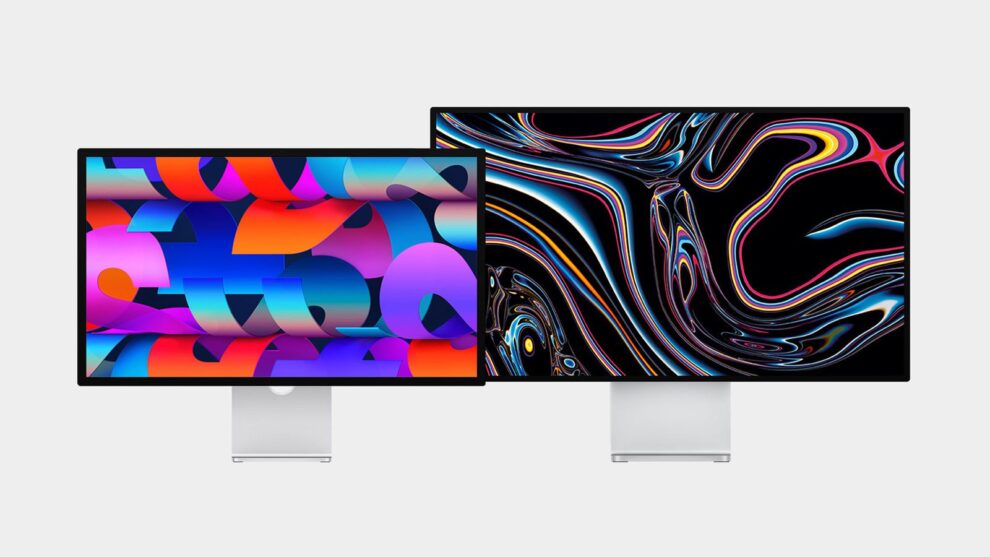
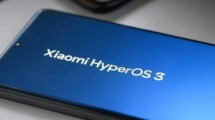

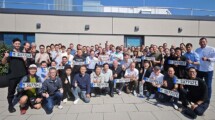
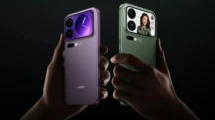
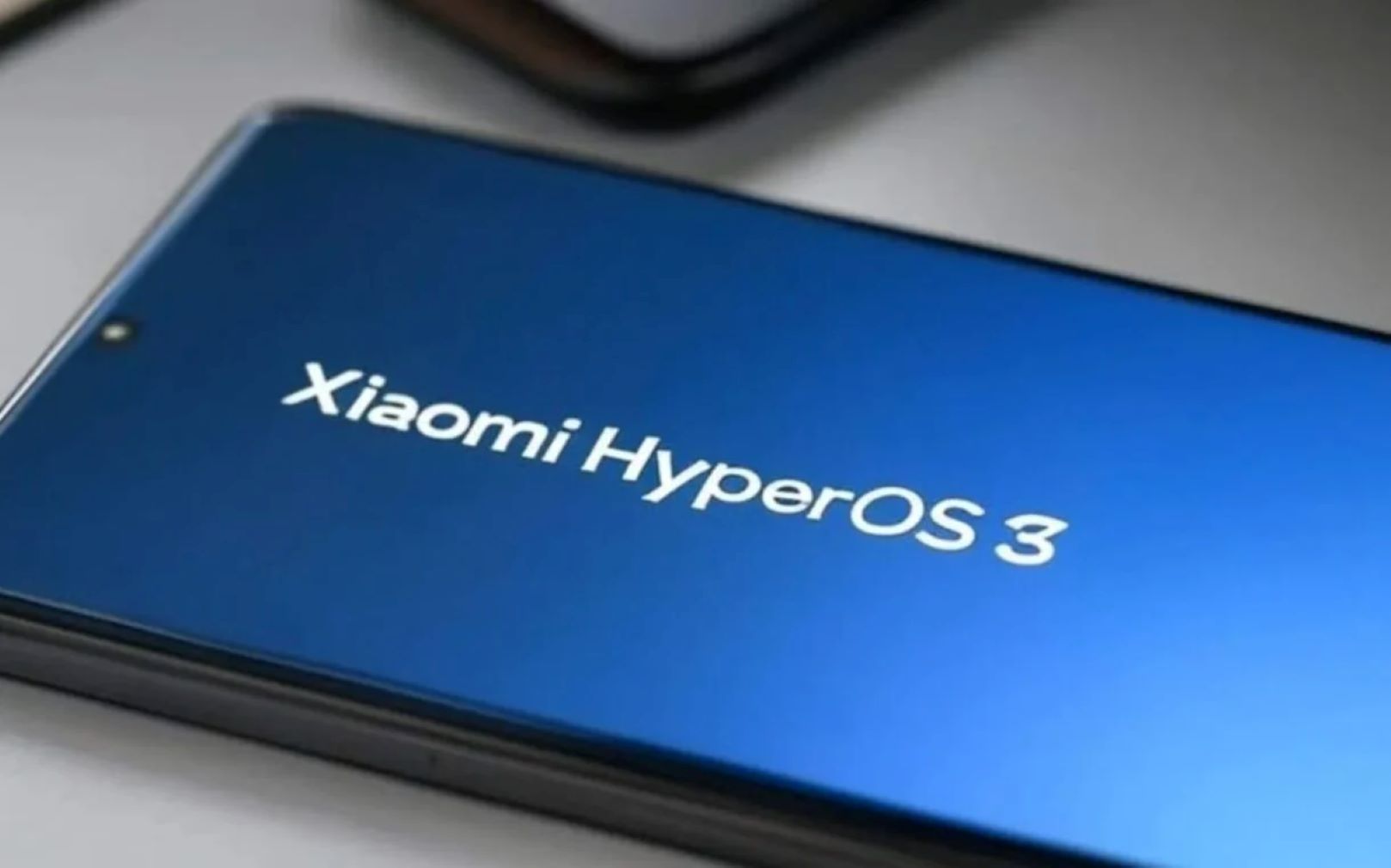
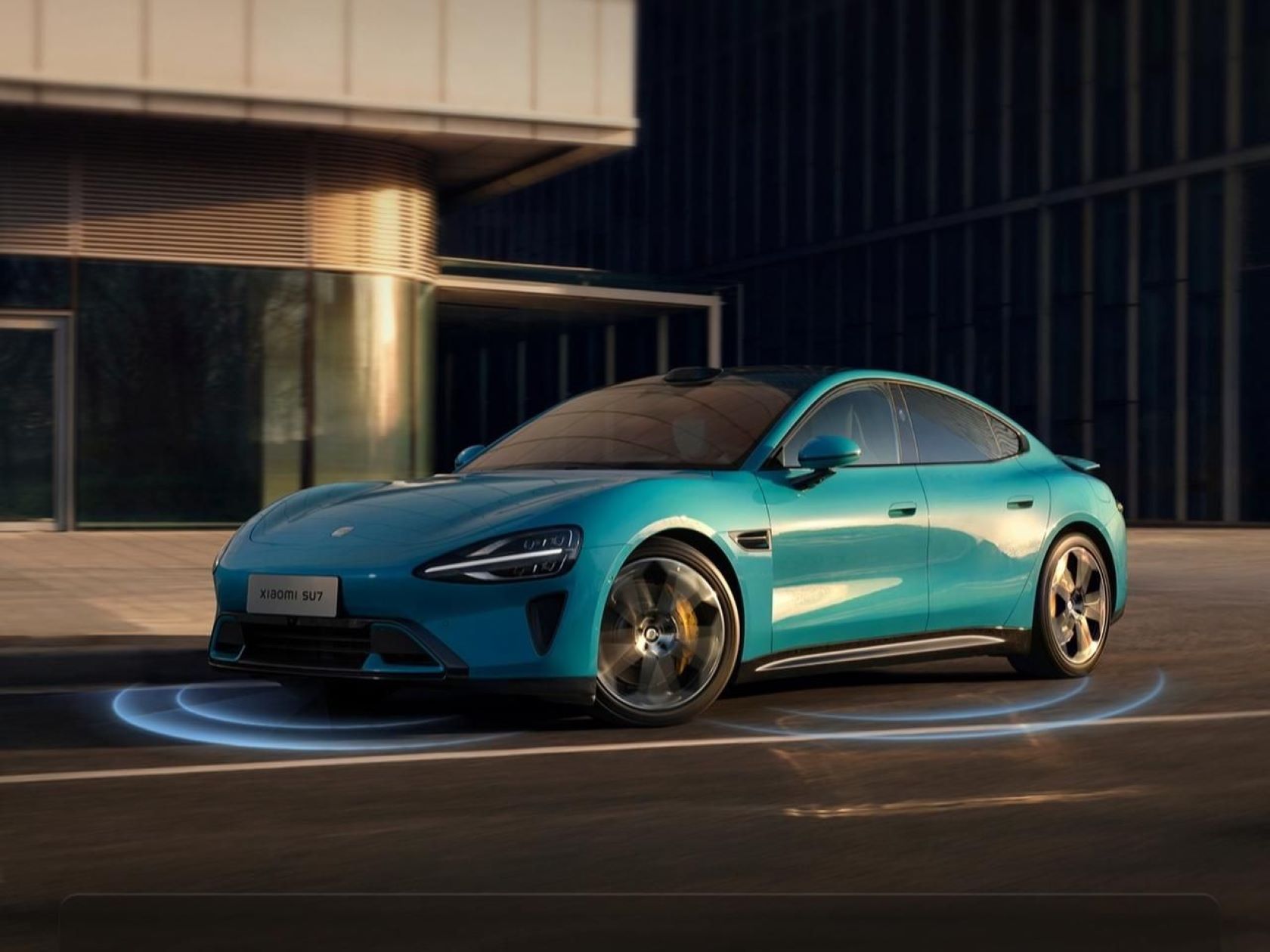

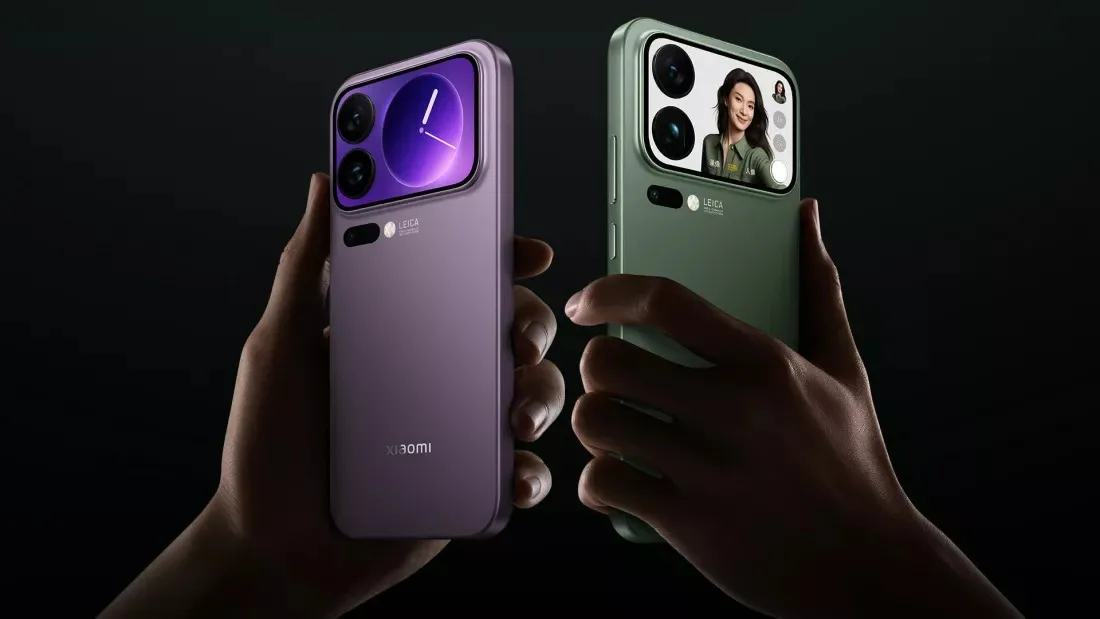
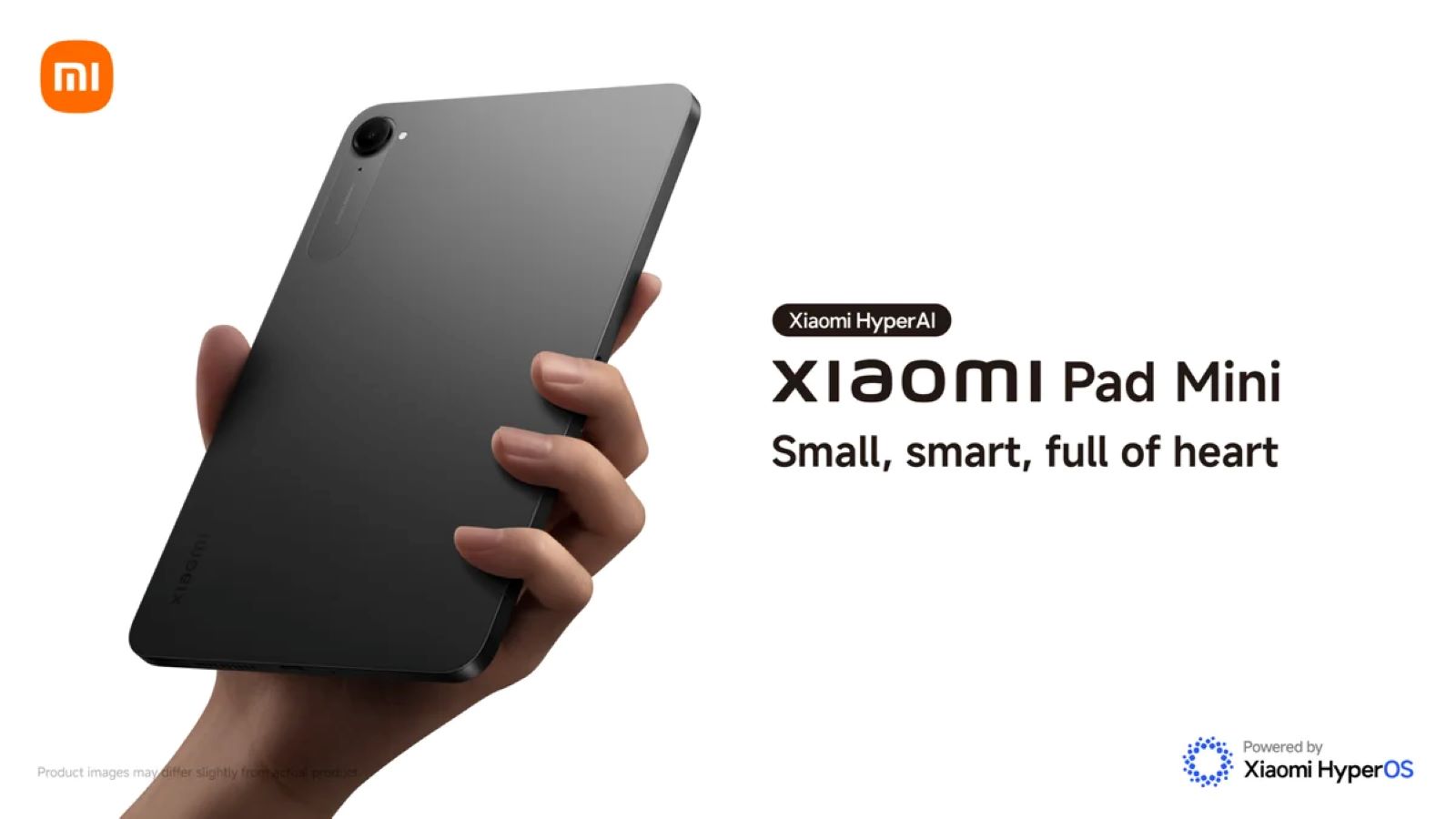
Add Comment